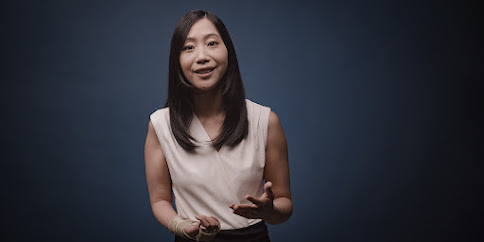Creating Inclusive Work Environments
I watched this TED Talk by Tiffany Yu (a disability rights advocate) and it got me thinking…
Across the world, there are around one billion people with disabilities. People with disabilities are hard workers and capable of contributing to a workplace, however, the unemployment rate for people with disabilities is much higher than it is for those without disabilities. Tiffany Yu wants us to know that people with disabilities work hard and have the same goals as people without disabilities. She and I agree that companies should hire workers with different abilities because it is the right thing to do and it is a smart business decision, not because it makes the company look good. Here are some ways to make workplaces more inclusive…
Stop making assumptions about people with disabilities, such as they can’t work as hard as others. Let people with disabilities be in charge of what they can and can’t do. Ask them what they need and let them tell you rather than assuming.
Create work spaces with accessibility in mind so that current and future employees with disabilities can benefit from accommodations, such as speech to text technology, foot rests, flexible seating, etc. Being proactive in providing accommodations helps make employees with disabilities feel less othered and makes your work environment more welcoming.
Embrace flexibility, such as remote work environments and flexible working hours. These do not just benefit people with disabilities, they benefit people without disabilities as well.
People with different abilities can bring success to work everyday. President Franklin Delano Roosevelt (FDR) is considered a great president and the entire time he was in office, FDR was a wheelchair-user. Thomas Edison, regarded as one of history’s most prolific inventors, only attended school for a short time. When a teacher referred to him as being addled (mentally confused), his mother withdrew Thomas and home-schooled him. Thomas went on to make contributions, such as inventing the light bulb that transformed the lives of people all over the world.
In Friendship,
Jamie Galvin

Comments
Post a Comment